Time is a blur these days, but it still seems that our relationship was in its tender, early stages when suddenly, with the onset of a national emergency, we became captives together.
Maybe not captives exactly, but we are tethered here by a togetherness that is unrelenting, with no end in sight. In this unprecedented time, “sheltering in place” as ordered, we are compliant and thus far safe, we fervently hope, at home. Day after day, with every strange flip of the calendar, I am here, he is here, sometimes not even six feet away. No matter where I go in the house, here we still are.
And he worries. He can’t help himself. A tad anxious by nature, he is even more antsy in these unfamiliar days that struggle to find a rhythm he can recognize. If I get up from the work table for coffee, he watches carefully, his furrowed brow telegraphing a preference that I would stay still, where I can be regularly monitored. Sometimes he follows, wondering if he might be needed, just making sure that, with hot coffee in hand, I will return as promised. At first, I tried reassurance: Don’t get up, I’d say patiently, I’ll get it, there’s nothing for you to do, relax. Then I gave up, realizing that like many stubborn males with protective instincts who I have been fortunate to adore, he wouldn’t listen. After the first couple of weeks, occasionally he would stay put, thinking perhaps he could trust me to come back, weary of the burden of fretting every second, turning his attention to matters of his own concern.
The odd dynamic of shared confinement is not just emotional. I am embarrassed about my hair; I need my roots done and can’t remember when I last showered. He needs a bath and most certainly a haircut.
If he wasn’t such a thoroughly charming little dog, he’d be driving me nuts.
Gus came to join my little household early last fall, very soon after my beloved hound dog died of cancer after 13 hilarious years. It was too soon, really, to get another dog, thinking back on it now, if such decisions of the heart were measured strictly by traditional guidelines for grief recovery. Too soon for me to accept him for who he is, such a different little brain and spirit than she was; too soon to accept the love he offered so readily, after being abandoned following the death of his previous owner. Too soon to care much that he had different taste in treats, a different pace on a walk, and a solid instinctive obligation to stand guard and warn me against the hazards of all unknown comers. My deep grief over her passing and the suffering she endured at the very end did not dissipate, and while I was glad to keep Gus safe and well-fed, on some days I looked at him from a distance, almost as though he was someone else’s dog.
This is probably why there are so many divorces among people who remarry too quickly, I thought idly, then immediately feared I had a different problem, thinking that way about a dog. A few months trundled past and slowly, I began to adjust. He is the first of so many things, I reminded myself, trying to achieve the grace of patience—my first boy dog in 25 years, my first with a long coat and its riotous tufts spiking every which-a-way, my first Dachshund, with their renowned sensitivity and (only occasionally amusing) stubbornness. I had no idea what hygiene might be required around what the vet called “his little PoPo,” no idea why saying No about 46 times didn’t appear to make a dent. Do long-backed dogs automatically have the cleanest colons of the canine kingdom? I can’t fathom why this dog poops at least three times a day, sometimes four.
When the pandemic slammed the nation shut in early spring, Gus had been here almost seven months. Weeks now into our shared isolation, he’s getting pretty smelly and stoutly declines to wrestle with the restless cat upon demand. Yet with time to observe him more fully, I am amazed to watch how he does his nervous, short-legged best to adapt. This week, I noticed I could go to the bathroom alone. He waited quietly, without protest, for his morning potty relief when I overslept one day this week. I denied a request to go out late one afternoon, citing an important conference call about to launch, and watched him return patiently to his bed in my home office, though not without giving me the eye.
 The other day I dropped onto the couch in a low moment, staring out the window in despair. I miss my daughter, my grandchildren, all my family, my friends, my co-workers, like we all do, of course. And I realized how fully my heart had finally relented toward this funny little dog when he jumped up next to me, and I encircled him in a crushing hug. I’m SO glad you are here, I told him. I don’t know what I would do, if you weren’t. I’m glad you let people hug you. Your predecessor, rest in peace, would never have tolerated such.
The other day I dropped onto the couch in a low moment, staring out the window in despair. I miss my daughter, my grandchildren, all my family, my friends, my co-workers, like we all do, of course. And I realized how fully my heart had finally relented toward this funny little dog when he jumped up next to me, and I encircled him in a crushing hug. I’m SO glad you are here, I told him. I don’t know what I would do, if you weren’t. I’m glad you let people hug you. Your predecessor, rest in peace, would never have tolerated such.
He turned when I released the hug and looked me straight in the eye, bestowing a gentle, tiny, tentative kiss on the side of my cheek.
And then he burped.
I guess little boys will be little boys, in the face of whatever the universe brings.
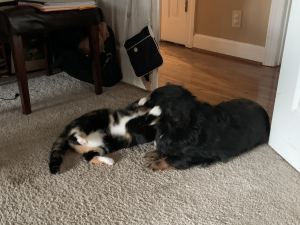




 In the early morning half-light, long before I would routinely switch on bedroom lamps, I drop to the floor in my nightgown to the spot where she is dozing next to my bed. She has never been much of a cuddler, preferring to demonstrate her devotion in other, more dignified ways, but on this day, I am the one who needs a cuddle. I scoot up close enough to wrap my arm around her substantial torso, then withdraw it quickly after my fingertips inadvertently touch the large tumor under her front leg on the opposite side. She does not flinch, but I do.
In the early morning half-light, long before I would routinely switch on bedroom lamps, I drop to the floor in my nightgown to the spot where she is dozing next to my bed. She has never been much of a cuddler, preferring to demonstrate her devotion in other, more dignified ways, but on this day, I am the one who needs a cuddle. I scoot up close enough to wrap my arm around her substantial torso, then withdraw it quickly after my fingertips inadvertently touch the large tumor under her front leg on the opposite side. She does not flinch, but I do.



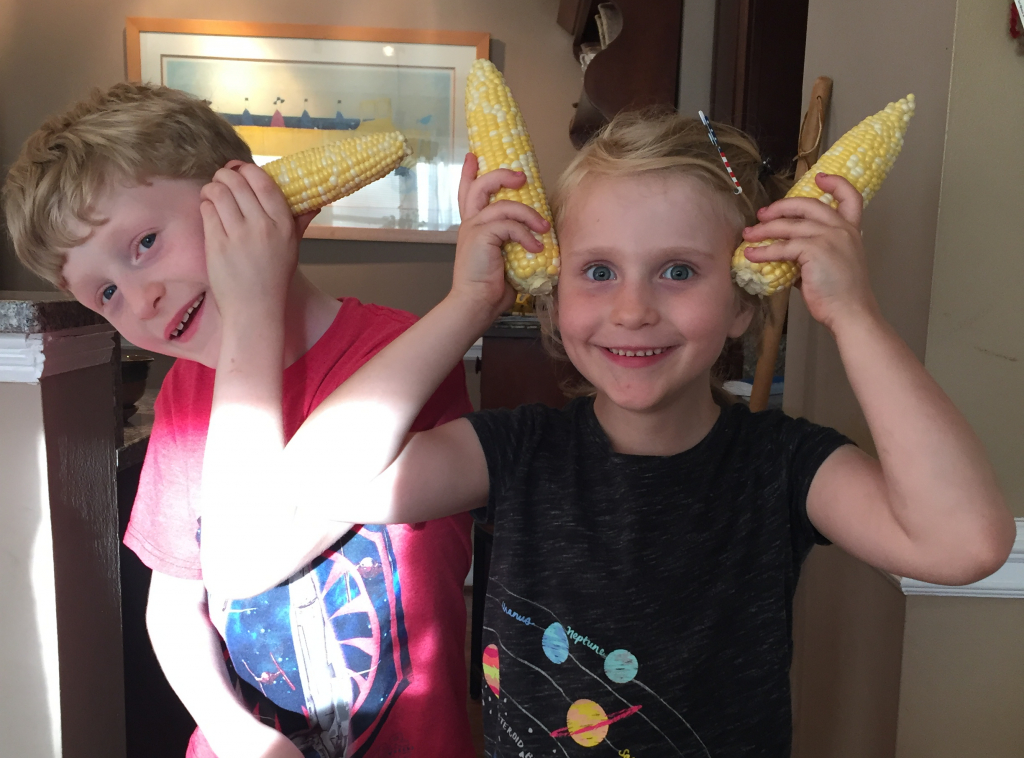

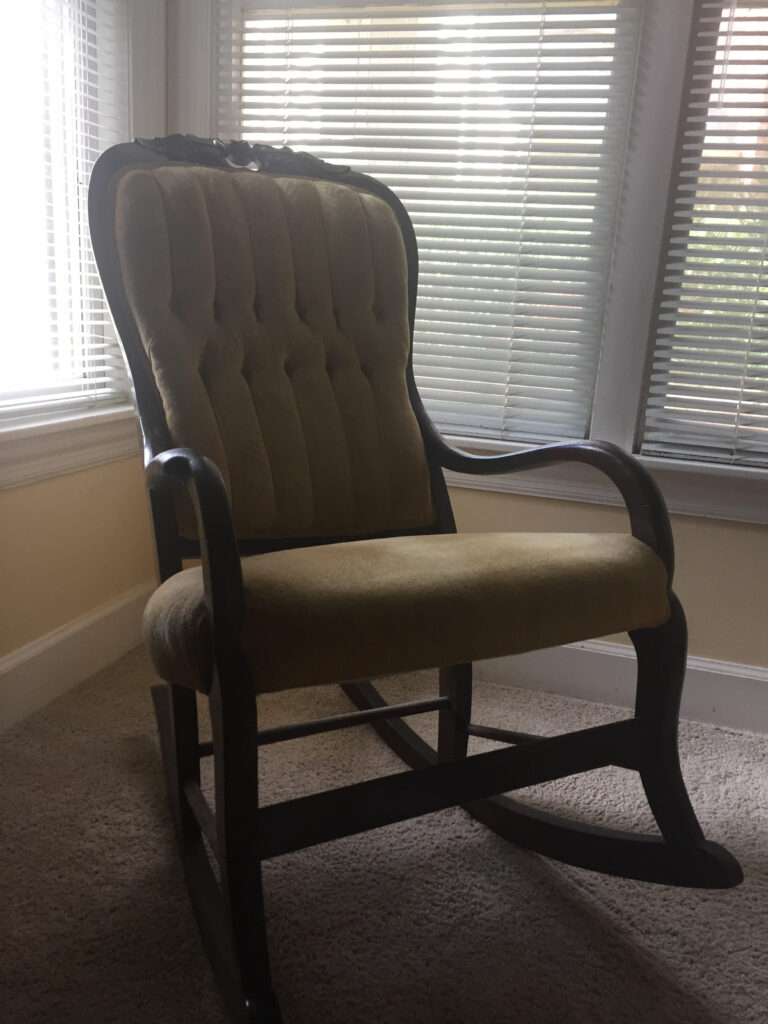
 w will turn you into a dumpster-diving, estate-sale-prowling maniac, for the whole premise is that exceptional value lies hidden in the most unlikely places. That is, if you can stay awake long enough to develop such inclinations.
w will turn you into a dumpster-diving, estate-sale-prowling maniac, for the whole premise is that exceptional value lies hidden in the most unlikely places. That is, if you can stay awake long enough to develop such inclinations.
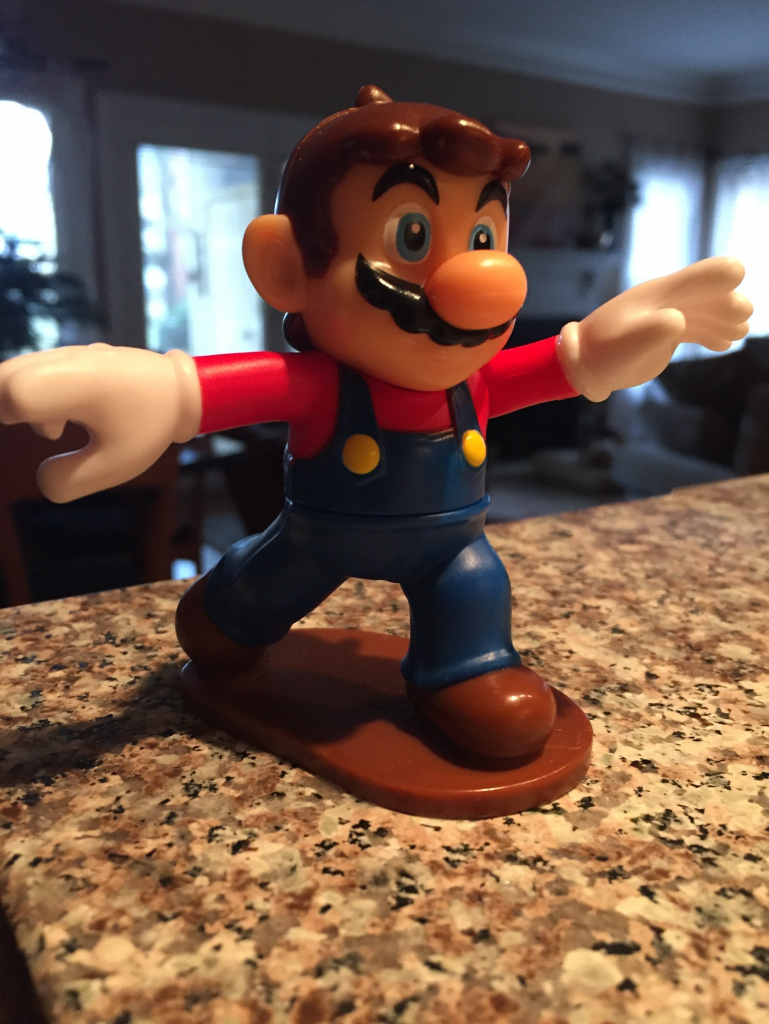






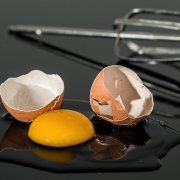
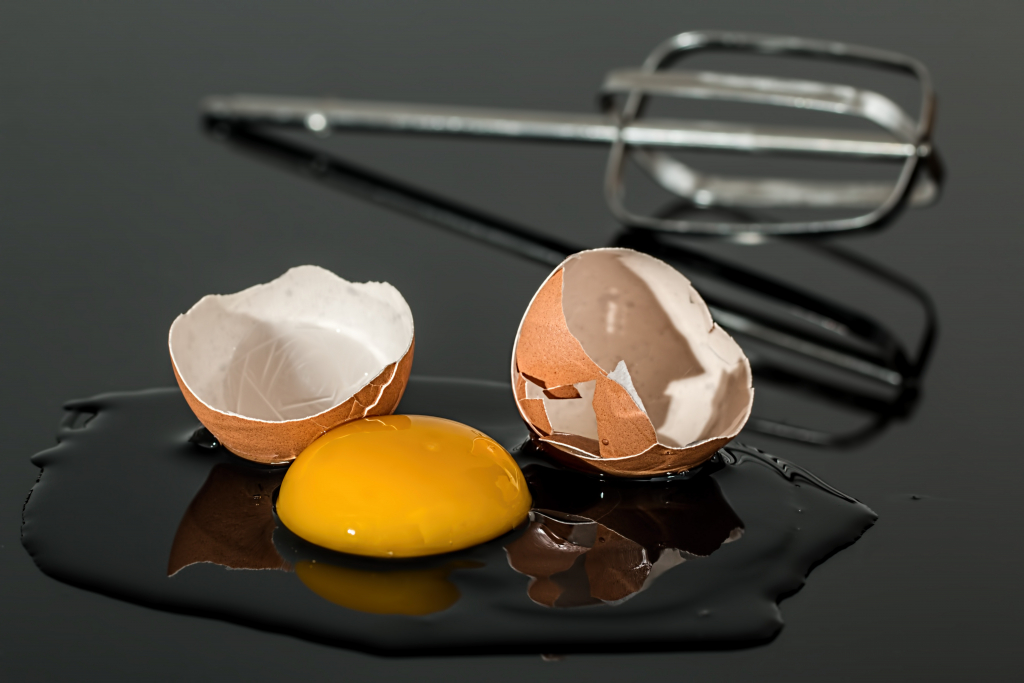



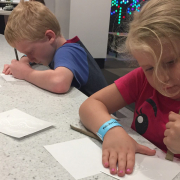


 Buddy: Evie, are lightning bugs nocturnal?
Buddy: Evie, are lightning bugs nocturnal?
